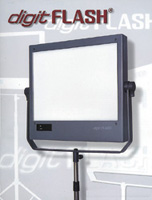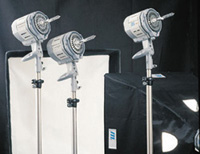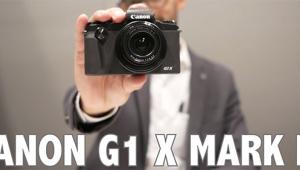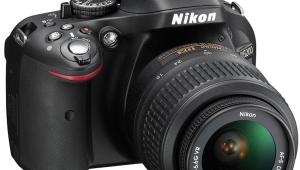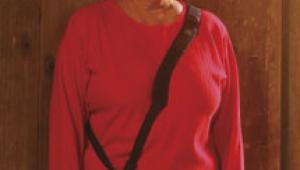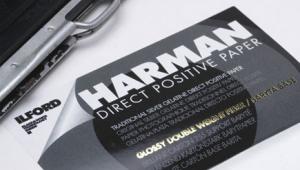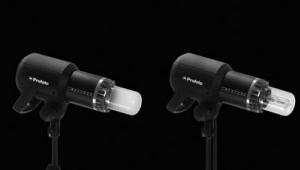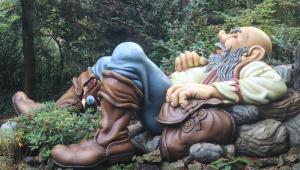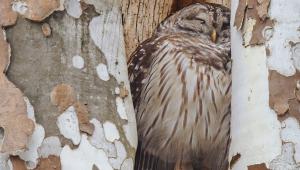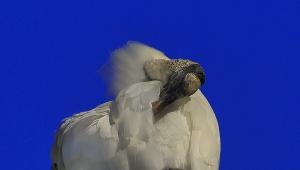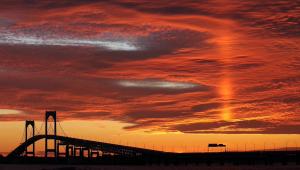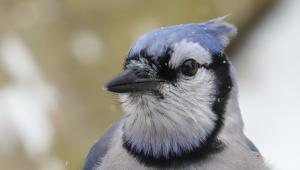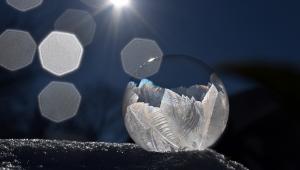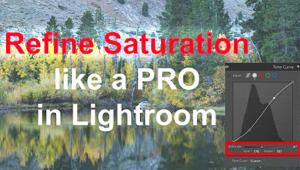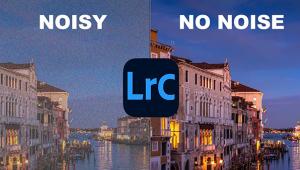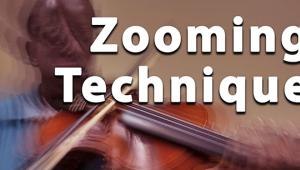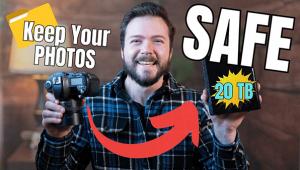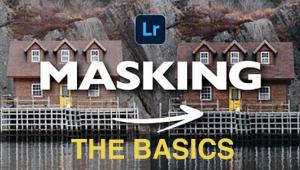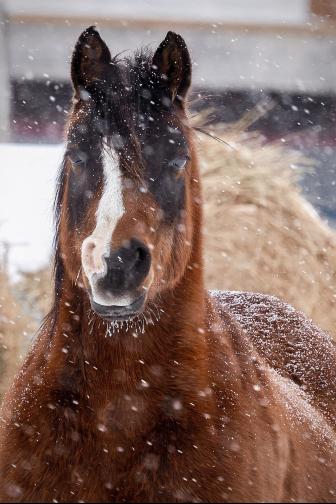Well, the site will be free to use and for businesses etc to upload events, it will be a here community based site built for (and hopefully by) the North East creative and tech community. If you decide to build it for me you will have a permanent link at the bottom of the homepage saying "built by...." and I'll also give you a 6 month banner slot on the site to advertise your services. Yes, the site will have a few banner slots but they won't be intrusive and are there purely to pay for the hosting, I won't be getting rich from this.
Lighting And Supports
For The Studio And Location Photographer
Everywhere you turn in Las Vegas, there are lights flashing, or should we say, flashy lights? And while the Las Vegas Convention Center was not awash in the bright, showy lights of the Strip, still the lights of photography shone in their own small way. As did tripods and tripod heads, camera/flash brackets, and some neat little digicam pods. Flat-Panel And Linear
Lights |
|
Sunpak's digitFLASH is a flat-panel studio flash light source, from
ToCAD America. The digitFLASH, available in 500 and 1000 ws models, provides
uniform shadow-free lighting in a package that measures less than 3"
in depth, featuring stepless power-ratio control and flicker-free cold-light
modeling lamps, plus a built-in slave--all in a user-friendly design.
Their cyberFLASH is a compact version of the digitFLASH (available in
a continuous-light model for digital, as the cyber-LITE). |
|
Studio & Location
Lighting |
|
Brandess-Kalt-Aetna announced
the release of the SPDCBP DC Battery Pack from SP Studio Systems. This
rechargeable battery pack (charger included) is primarily designed for
the LancerLight AC/DC flashes. A 160 ws unit will get approximately 200
pops on a single charge. |
|
ToCAD America/Sunpak's
new Platinum and Platinum Plus monolights feature a quiet, slim-line design
with stepless power-ratio control, down to 1/32, with matching modeling
lamp. Models available with output ranging from 150 to 1000 ws, each with
umbrella reflector, flash tube, modeling lamp, sync, and AC power cords. |
|
Distributed in the US by Performing
Light, Hensel introduced a new and improved battery-powered Porty, the
Porty Premium, with up to 250 flashes at full power (1200 ws) and a recycle
time of 2.4 sec. The pack features two head connectors, asymmetrical distribution,
and 6.5-f/stop range in 1/10-step increments. |
|
Lumedyne is now shipping the Basic Power Packs and Deluxe Power Packs (both available in 200 and 400 ws versions). Prices start at $720 and $870, respectively, for the 200 ws models. Albums Inc. came on the scene with a full range of monolights, from 300 to 900 ws, each infinitely variable, with built-in slave, fan cooled, and removable flash tube and modeling lamp. They also offer tripods and other studio accessories. Shoe Mounts, Digital
Strobes/Slaves & Macro Lights |
|
THK introduced us to the new
addition to the fold: Nissin flashes, featuring the PZ400 autofocus dedicated
system and the 301Z, a basic two-stop auto-sensor flash. They also showed
a variety of camera-dedicated flash units and compact digital slaves.
|
|
OmegaSatter, which now distributes
Wein, debuted an extensive line of Wein Digital Smart Slaves, designed
to trigger any existing flash unit or units cordlessly with any digital
camera in complete synchronization, ignoring the pre-flash, up to 3000
ft away. They are available in all popular flash terminal configurations
including PC, hot shoe, household, and mono-plug designs. Digital Studio Lighting:
Tungsten/Fluorescent |
|
APV showed its BAREBulb Kits,
with two or three lighting units. Each kit comes with the requisite number
of digital BAREBulbs, umbrella lamp sockets, 24" silver umbrellas,
and 7 ft black light stands, all fitting into a carry bag for a total
weight of 9 and 10 lbs, respectively. Those Ubiquitous Three-Legged
Pod Creatures Attack Of The Tiny
Pod People Full-Size Brackets |
- Log in or register to post comments
